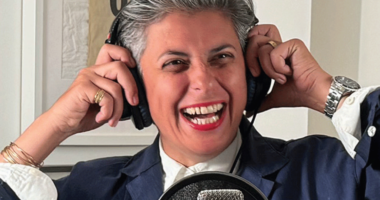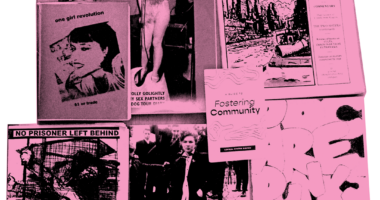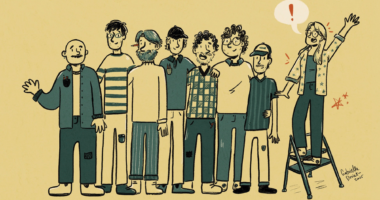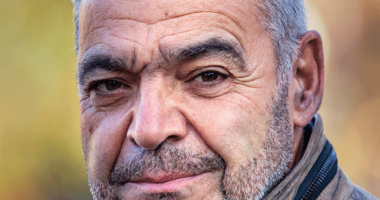The Latest
The New Newsroom
From May to August 2024, Canadaland had two keen fellows, Mia Johnson and Leora Schertzer, who wrote stories for its flagship show, also Canadaland. Most mornings, they were at the office at nine in the morning—hours before podcast host Noor Azrieh arrived—and they would be the last to leave. Nobody showed up to the office that early, other than founder Jesse Brown. The fellows frequently engaged in meetings and talked about the news. The stories they produced on their own usually took a team of three to four people to accomplish, according to Azrieh. Johnson made an episode called “The Painful Truth about IUDs,” while Schertzer created “Waste Management: Sh*t’s Complicated.”
Out of the Spotlight
It’s a chilly weekend in November 2024, but outside T3 Bayside, the crisp air is charged with excitement. Crowd control bollards funnel guests—hundreds of homegrown designers, models, photographers, artists, and fashion lovers—into the runway room, where they await the chance to see the new collections and mingle among art and clothing. Bursts of colour, texture, and personality transform this east downtown Toronto space on the waterfront. T3 Bayside, which boasts the title of tallest timber office building in North America, is hosting 8,000 attendees and participants at Fashion Art Toronto, a four-day annual celebration of Canadian fashion. This weekend, the event is debuting fall and winter fashions, showcasing more than 40 Canadian designers.
Ink On and Off the Page
Tattoos are a deeply personal and visual expression of identity. They offer a window into who someone is—their passions, values, memories, and interests, all etched into their skin. In the same way, journalist’s stories provide insight into their worldview—how they process ideas, what compels them to tell certain stories, and ultimately, what drives them as storytellers.
Don’t Call Me Dangerous
On a rainy evening in November 2024, the Black Sheep pub in Toronto’s Liberty Village was alive with a warm energy. The space buzzed with laughter and chatter as guests showed up to attend the launch party for the sixteenth issue of Queer Toronto Literary Magazine (QT). The issue, “Dream State,” was dedicated to celebrating trans and non-binary voices.
When We Become the Story
As journalists we want to report the story, not become the story. Sometimes, though, it’s unavoidable. Back in December 1992, an investigation I did into drug trafficking and corruption with a team from CBC’s The Fifth Estate led to the shocking suicide of a senior RCMP inspector the day before we went to air. Then there are some famous cases when our own media companies become the story—like when Fifth Estate broadcast “The Unmaking of Jian Ghomeshi” in 2014, exposing how CBC mishandled sexual assault allegations against its former star radio host.













